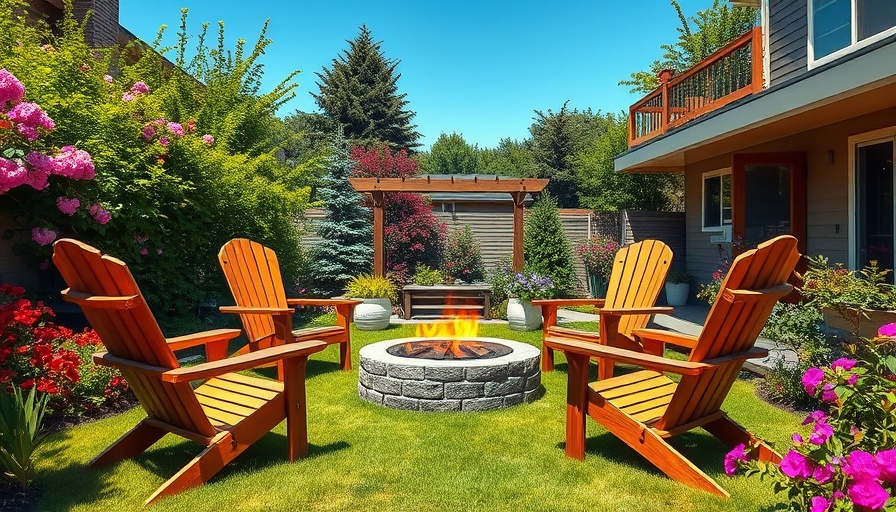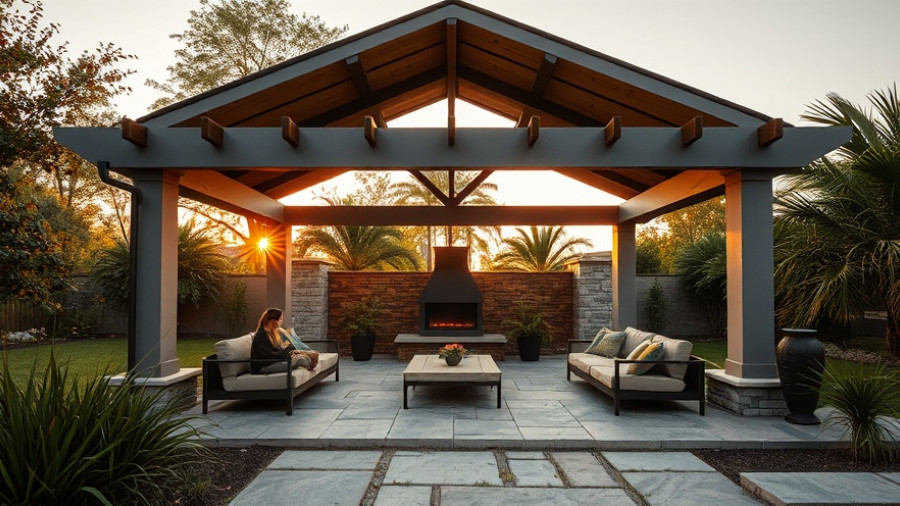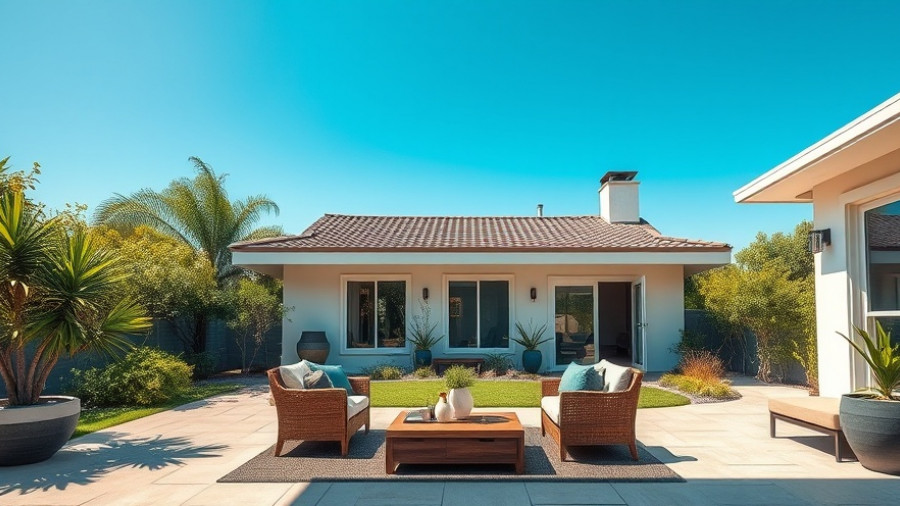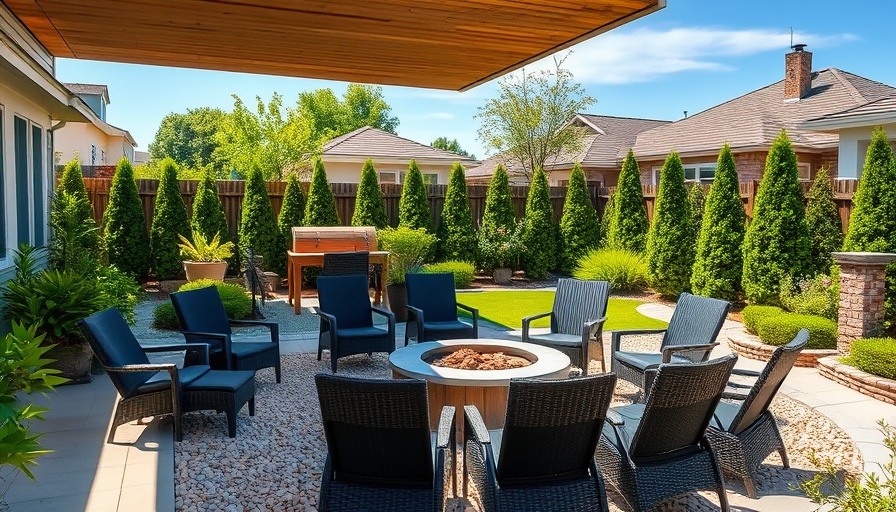
Revitalize Your Yard: Easy, Affordable Updates
As the vibrant season of spring approaches, many homeowners in California are contemplating how to enhance their outdoor spaces without breaking the bank. Fortunately, landscaping experts emphasize that a tired yard can be transformed through small, affordable updates. Here’s a breakdown of the most effective changes you can make to rejuvenate your landscape this spring.
1. Tidying Up: The First Step to Transformation
One of the simplest yet most impactful updates you can make is tidying up your yard. This involves weeding, trimming back overgrown plants, and removing any debris that may have accumulated during winter. Not only does this create a clean canvas for further improvements, but it also allows existing plants to thrive. A well-kept yard invites you to spend more time outdoors and sets the tone for a flourishing spring garden.
2. Adding Color with Seasonal Blooms
Spring is synonymous with blooms. Investing in seasonal flowers can dramatically uplift the aesthetics of your yard. Consider native plant species, which require less water and maintenance, aligning with sustainable gardening practices that resonate with environmentally conscious Californians. Flowers like California poppies or lupines could serve as beautiful focal points while being resilient to the local climate.
3. DIY Projects: Elevate Your Space with Creativity
Incorporating DIY projects can significantly enhance your yard while also providing creative outlets. Simple additions such as handcrafted garden markers or painted flower pots can infuse personality into your space. For the more adventurous, building a small raised garden bed can transform an underutilized corner into a vegetable or herb garden, promoting fresh produce right at home.
4. Mulching: The Unsung Hero of Landscaping
Mulching is often overlooked but plays a vital role in enhancing the look and health of your yard. A fresh layer of mulch not only suppresses weeds but also retains soil moisture. Using organic materials like bark or straw adds nutrients back into the soil as they decompose. For Californian homes, where drought conditions can often be an issue, mulching reduces water usage while keeping gardens lush.
5. Lighting Up Your Landscape
Installing outdoor lighting can take your yard from day to night, enhancing its functions and appeal. Simple solar lights along pathways or around seating areas create a welcoming atmosphere and increase safety. Additionally, strategic lighting can accentuate plants or architectural features, making your yard a beautiful space to enjoy during warm California evenings.
6. Outdoor Furniture: Create Inviting Spaces
Investing in a few pieces of outdoor furniture can dramatically change how you interact with your garden. Whether it’s a cozy seating area or a stylish dining table, these additions encourage outdoor gatherings and relaxation. For Californian homeowners, creating an inviting outdoor space can mean enjoying meals al fresco or sipping coffee surrounded by gardens, elevating the home experience.
7. Water Features: The Soothing Sound of Spring
Finally, consider installing a small water feature. The sound of running water can provide a calming ambiance, perfect for backyard retreats. Fountains, ponds, or even bird baths can attract local wildlife and enhance the ecosystem in your yard. As an added bonus, these features can often be designed with sustainable practices in mind, making them a great fit for eco-conscious households.
Conclusion
Enhancing your yard for spring doesn't have to be a daunting task. By embracing these small, affordable updates, you can create a vibrant and inviting outdoor space that makes your home feel more expansive and connected to nature. As you plan your yard revitalization, remember that it’s not about making the most extravagant changes but about cultivating a space where you can relax and enjoy the beauty of your surroundings.
 Add Row
Add Row  Add
Add 




Write A Comment